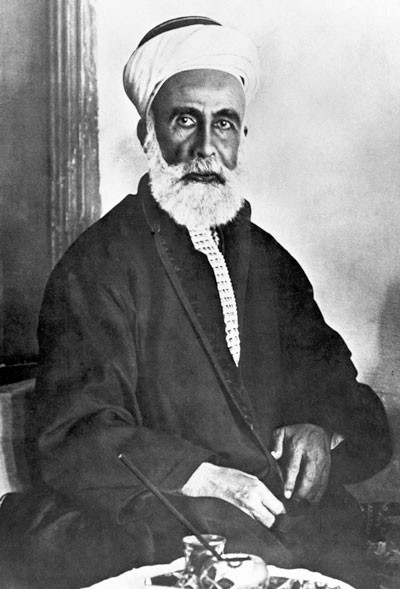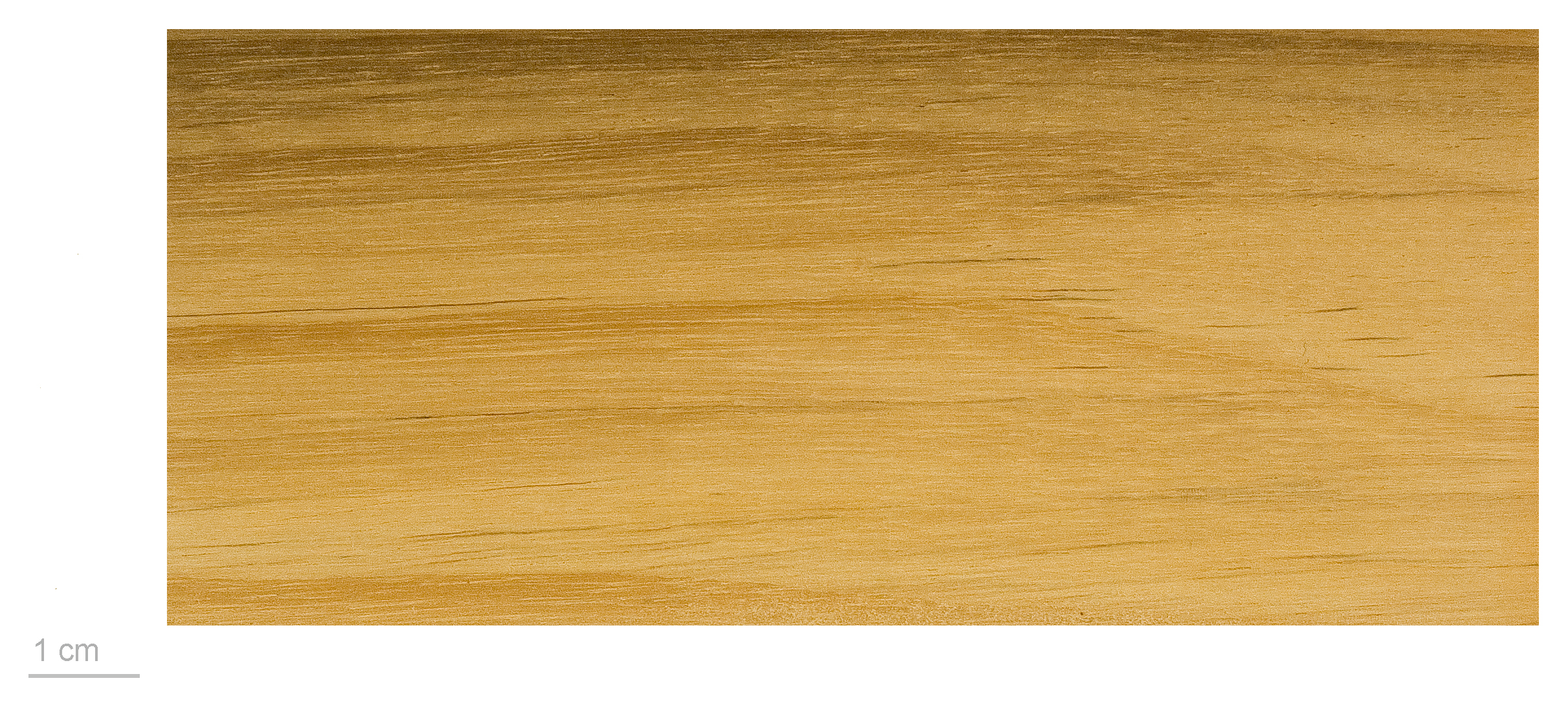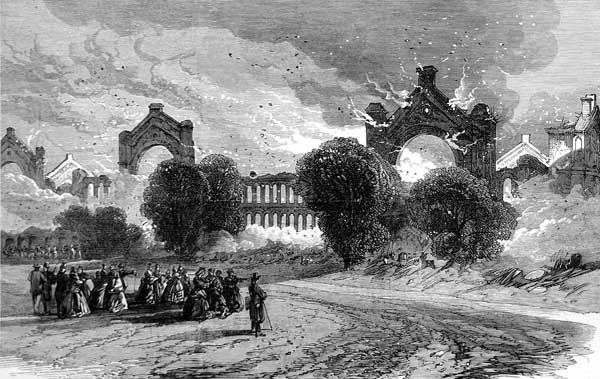|
Benton Fletcher
Major George Henry Benton Fletcher (22 October 1866 – 31 December 1944) was a collector of early keyboard instruments including virginals, clavichords, harpsichords, spinets and early pianos.Waitzman, Mimi. '’The Benton Fletcher Collection at Fenton House, Early Keyboard Instruments'’, p. 14. The National Trust 2003. His collection is currently housed and kept in playing condition by the National Trust in Fenton House, a beautiful late 17th century merchant's house in, Hampstead, north London. Career He was involved in social work in London slums from 1889 to 1899 with Octavia Hill and her Cadet Battalion, in a model social housing scheme in Red Cross Cottages, Southwark.Whelan, Robert, "Octavia Hill's Letters to Fellow Workers 1872–1911, Kyrle Society 2005 p 284-285, 303, 718, xli During the Second Boer War and the First World War"Obituary", Major Benton Fletcher, Times ondon, England3 January 1945:7 he served as a railway transport officer. He assisted Profe ... [...More Info...] [...Related Items...] OR: [Wikipedia] [Google] [Baidu] |
Old Devonshire House
Old Devonshire House at 48 Boswell Street, was located between Theobald's Road in Bloomsbury, and Queen Square, London. William Cavendish, 3rd Earl of Devonshire had the house built in 1668 for his son, also called William Cavendish, who was MP for Derby at that time and eventually became the 1st Duke of Devonshire in 1694.Stephen Denford and David A Hayes, ''Streets East of Bloomsbury'', Camden History Society, 2008, pp 26-27 This house was later sold by William Cavendish, 3rd Duke of Devonshire, who built Devonshire House in fashionable Piccadilly. Major George Henry Benton Fletcher bought Old Devonshire House in 1932, to display his keyboard collection.Benton Fletcher, "Early Music at Old Devonshire House", ''The Listener'', 6 October 1938: pp 713-714, issue 508 He donated the house and his collection to the National Trust in November 1937. The house was destroyed in May 1941 by a Luftwaffe bombing raid on Holborn during the Blitz. Most of his keyboard instruments had bee ... [...More Info...] [...Related Items...] OR: [Wikipedia] [Google] [Baidu] |
Major Benton Fletcher Playing An Italian Virginals In Old Devonshire House In 1934
Major (commandant in certain jurisdictions) is a military rank of commissioned officer status, with corresponding ranks existing in many military forces throughout the world. When used unhyphenated and in conjunction with no other indicators, major is one rank above captain, and one rank below lieutenant colonel. It is considered the most junior of the field officer ranks. Background Majors are typically assigned as specialised executive or operations officers for battalion-sized units of 300 to 1,200 soldiers while in some nations, like Germany, majors are often in command of a company. When used in hyphenated or combined fashion, the term can also imply seniority at other levels of rank, including ''general-major'' or ''major general'', denoting a low-level general officer, and ''sergeant major'', denoting the most senior non-commissioned officer (NCO) of a military unit. The term ''major'' can also be used with a hyphen to denote the leader of a military band such as i ... [...More Info...] [...Related Items...] OR: [Wikipedia] [Google] [Baidu] |
Hussein Bin Ali, Sharif Of Mecca
Hussein bin Ali al-Hashimi ( ar, الحسين بن علي الهاشمي, al-Ḥusayn bin ‘Alī al-Hāshimī; 1 May 18544 June 1931) was an Arab leader from the Banu Hashim clan who was the Sharif and Emir of Mecca from 1908 and, after proclaiming the Great Arab Revolt against the Ottoman Empire, King of the Hejaz from 1916 to 1924 and Caliphate, Caliph from 1924 to 1925. After the Abolition of the Caliphate, abolition of the Ottoman Caliphate he was briefly proclaimed Sharifian Caliph, Caliph until the invasion of the Hejaz by the Saudis the following year. He was a Hashemites#Ancestry, 37th-generation direct descendant of Muhammad, as he belonged to the Hashemite family. A member of the Dhawu Awn clan of the Qatadid emirs of Mecca, he was perceived to have rebellious inclinations and in 1893 was summoned to Istanbul, where he was kept on the Council of State. In 1908, in the aftermath of the Young Turk Revolution, he was appointed Emir of Mecca by the List of sultans of th ... [...More Info...] [...Related Items...] OR: [Wikipedia] [Google] [Baidu] |
Pterocarpus
''Pterocarpus'' is a pantropical genus of trees in the family Fabaceae. It belongs to the subfamily Faboideae, and was recently assigned to the informal monophyletic ''Pterocarpus'' clade within the Dalbergieae. Most species of ''Pterocarpus'' yield valuable timber traded as padauk (or padouk); other common names are mukwa or narra. '' P. santalinus'' also yields the most precious red sandalwood in China known as Zitan. The wood from the narra tree ('' P. indicus'') and the Burmese padauk tree ('' P. macrocarpus'') is marketed as amboyna when it has grown in the burl form. The scientific name is Latinized Ancient Greek and means "wing fruit", referring to the unusual shape of the seed pods in this genus. Uses Padauk wood is obtained from several species of ''Pterocarpus''. All padauks are of African or Asian origin. Padauks are valued for their toughness, stability in use, and decorativeness, most having a reddish wood. Most Pterocarpus' woods contain either water- or alcohol-s ... [...More Info...] [...Related Items...] OR: [Wikipedia] [Google] [Baidu] |
Soho
Soho is an area of the City of Westminster, part of the West End of London. Originally a fashionable district for the aristocracy, it has been one of the main entertainment districts in the capital since the 19th century. The area was developed from farmland by Henry VIII in 1536, when it became a royal park. It became a parish in its own right in the late 17th century, when buildings started to be developed for the upper class, including the laying out of Soho Square in the 1680s. St Anne's Church was established during the late 17th century, and remains a significant local landmark; other churches are the Church of Our Lady of the Assumption and St Gregory and St Patrick's Church in Soho Square. The aristocracy had mostly moved away by the mid-19th century, when Soho was particularly badly hit by an outbreak of cholera in 1854. For much of the 20th century Soho had a reputation as a base for the sex industry in addition to its night life and its location for the headquarte ... [...More Info...] [...Related Items...] OR: [Wikipedia] [Google] [Baidu] |
Burkat Shudi
Burkat Shudi (variants: Burkhart, Burkhardt, Schudi, Tschudi, Tshudi) (13 March 1702 – 19 August 1773) was an English harpsichord maker of Swiss origin. Biography He was born in Schwanden in the Canton of Glarus, and arrived in England in 1718, where he started work as a joiner. He married Catherine Wild, whose parents came from the same town as him, in 1728. John Broadwood worked for him from 1761, and in 1769 became his partner after marrying his daughter Barbara. Johannes Zumpe also worked for him. He retired in 1771, being succeeded by his son, who was also called Burkat (c.1738–1803), following whose death the firm was taken over entirely by Broadwood, who had by then become a piano maker. There are twenty-three harpsichords by Shudi and 27 by Shudi and Broadwood in existence today. Three harpsichords exist by his nephew Joshua, who worked for him unsatisfactorily for a while, and one signed 'Bernard Shudi', about whom nothing is known. Shudi's harpsichords His ha ... [...More Info...] [...Related Items...] OR: [Wikipedia] [Google] [Baidu] |
Bourton-on-the-Hill
Bourton-on-the-Hill is a village and civil parish in the Cotswold district of Gloucestershire, England, and about west of Moreton-in-Marsh. In 2010 it had an estimated population of 288. Gloucestershire County Council The village overlooks the surrounding hills of the s and lies on the Heart of England Way, which heads southwards to Bourton-on-the-Water and northwards to Cannock Chase. The village is also connected by a footpath to the Cotswold Way, via Blockley and Chipping Campden. Bourton-on-the-Hill is home to many notable buildings including the |
Alexandra Palace
Alexandra Palace is a Grade II listed entertainment and sports venue in London, situated between Wood Green and Muswell Hill in the London Borough of Haringey. It is built on the site of Tottenham Wood and the later Tottenham Wood Farm. Originally built by John Johnson and Alfred Meeson, it opened in 1873 but following a fire two weeks after its opening, was rebuilt by Johnson. Intended as "The People's Palace" and often referred to as "Ally Pally", its purpose was to serve as a public centre of recreation, education and entertainment; North London's counterpart to the Crystal Palace in South London. At first a private venture, in 1900, the owners planned to sell it and Alexandra Park for development. A group of neighbouring local authorities managed to acquire it. An Act of Parliament created the Alexandra Palace and Park Trust. The Act required the trustees to maintain the building and park and make them available for the free use and recreation of the public forever. Th ... [...More Info...] [...Related Items...] OR: [Wikipedia] [Google] [Baidu] |
BBC National Programme
The BBC National Programme was a radio service which was on the air from 9 March 1930 – replacing the earlier BBC's experimental station 5XX – until 1 September 1939 when it was subsumed into the Home Service, two days before the outbreak of World War II. Both the National Programme and the Regional Programme provided a mixed mainstream radio service. Whilst the two services provided different programming, allowing listeners a choice they were not streamed to appeal to different audiences, rather they were intended to offer a choice of programming to a single audience. While using the same transmitters, the National Programme broadcast significantly more speech and classical music than its successor, the Light Programme. Similarly, the Regional Programme broadcast much more light and dance music than its successor, the Home Service. History Development When the British Broadcasting Company (later to be nationalised as the British Broadcasting Corporation) began transmissi ... [...More Info...] [...Related Items...] OR: [Wikipedia] [Google] [Baidu] |
National Trust
The National Trust, formally the National Trust for Places of Historic Interest or Natural Beauty, is a charity and membership organisation for heritage conservation in England, Wales and Northern Ireland. In Scotland, there is a separate and independent National Trust for Scotland. The Trust was founded in 1895 by Octavia Hill, Sir Robert Hunter and Hardwicke Rawnsley to "promote the permanent preservation for the benefit of the Nation of lands and tenements (including buildings) of beauty or historic interest". It was given statutory powers, starting with the National Trust Act 1907. Historically, the Trust acquired land by gift and sometimes by public subscription and appeal, but after World War II the loss of country houses resulted in many such properties being acquired either by gift from the former owners or through the National Land Fund. Country houses and estates still make up a significant part of its holdings, but it is also known for its protection of wild lands ... [...More Info...] [...Related Items...] OR: [Wikipedia] [Google] [Baidu] |
Holborn
Holborn ( or ) is a district in central London, which covers the south-eastern part of the London Borough of Camden and a part ( St Andrew Holborn Below the Bars) of the Ward of Farringdon Without in the City of London. The area has its roots in the ancient parish of Holborn, which lay on the west bank of the now buried River Fleet, taking its name from an alternative name for the river. The area is sometimes described as part of the West End of London or of the wider West London area. The River Fleet also gave its name to the streets ''Holborn'' and ''High Holborn'' which extend west from the site of the former Newgate in the London Wall, over the Fleet, through Holborn and towards Westminster. The district benefits from a central location which helps provide a strong mixed economy. The area is particularly noted for its links to the legal profession, the diamond centre at Hatton Garden and Great Ormond Street Hospital. Origins and administration Holborn emerged from th ... [...More Info...] [...Related Items...] OR: [Wikipedia] [Google] [Baidu] |
Charles II Of England
Charles II (29 May 1630 – 6 February 1685) was King of Scotland from 1649 until 1651, and King of England, Scotland and Ireland from the 1660 Restoration of the monarchy until his death in 1685. Charles II was the eldest surviving child of Charles I of England, Scotland and Ireland and Henrietta Maria of France. After Charles I's execution at Whitehall on 30 January 1649, at the climax of the English Civil War, the Parliament of Scotland proclaimed Charles II king on 5 February 1649. But England entered the period known as the English Interregnum or the English Commonwealth, and the country was a de facto republic led by Oliver Cromwell. Cromwell defeated Charles II at the Battle of Worcester on 3 September 1651, and Charles fled to mainland Europe. Cromwell became virtual dictator of England, Scotland and Ireland. Charles spent the next nine years in exile in France, the Dutch Republic and the Spanish Netherlands. The political crisis that followed Cromwell's death in 1 ... [...More Info...] [...Related Items...] OR: [Wikipedia] [Google] [Baidu] |




_OSM_map.png)



